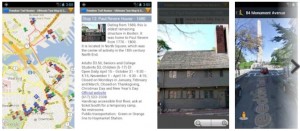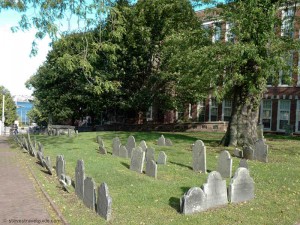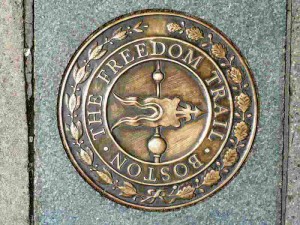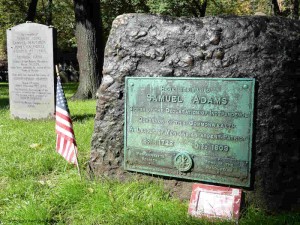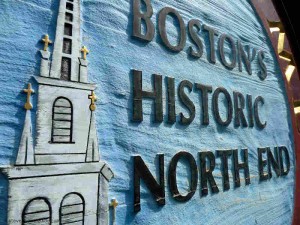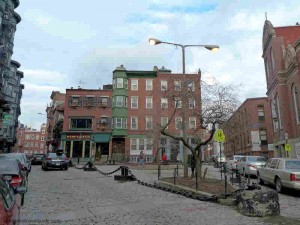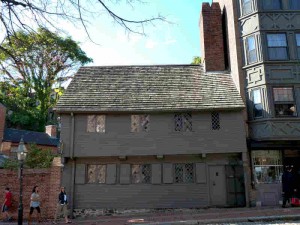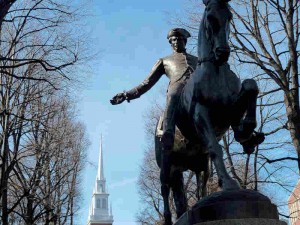The Freedom Trail Map & Touring App is now available on Google Play as well as Amazon It is based on the interactive Google Map created for the Freedom Trail Boston – Ultimate Tour Guide – Tips, Secrets & Tricks eBook.
Select your language to auto-translate:
The app is much faster and easier to use than the browser version and it exposes all the most powerful features of Google Maps including street mode, local search, directions, and local transportation information. The map itself contains all 16 official Freedom Trail Stops and over 50 additional interesting sites on or close to The Freedom Trail.
An innovative ability for international travelers is the web-based auto-translate feature. By selecting auto-translate on selected map entries, users with internet-access will access a web site where they can elect to read the entry in Spanish, French, German, Japanese, Mandarin, Korean and other languages.
The app is the perfect companion for planning or when walking The Freedom Trail.
